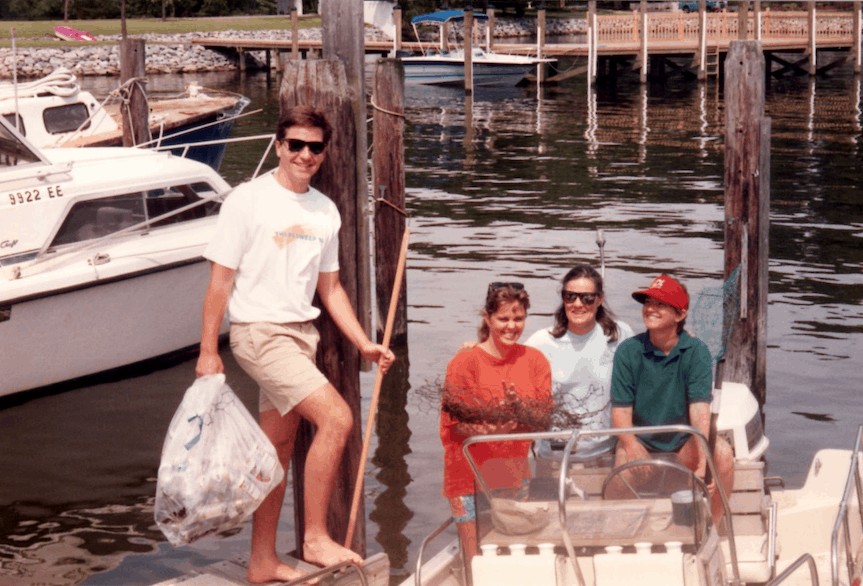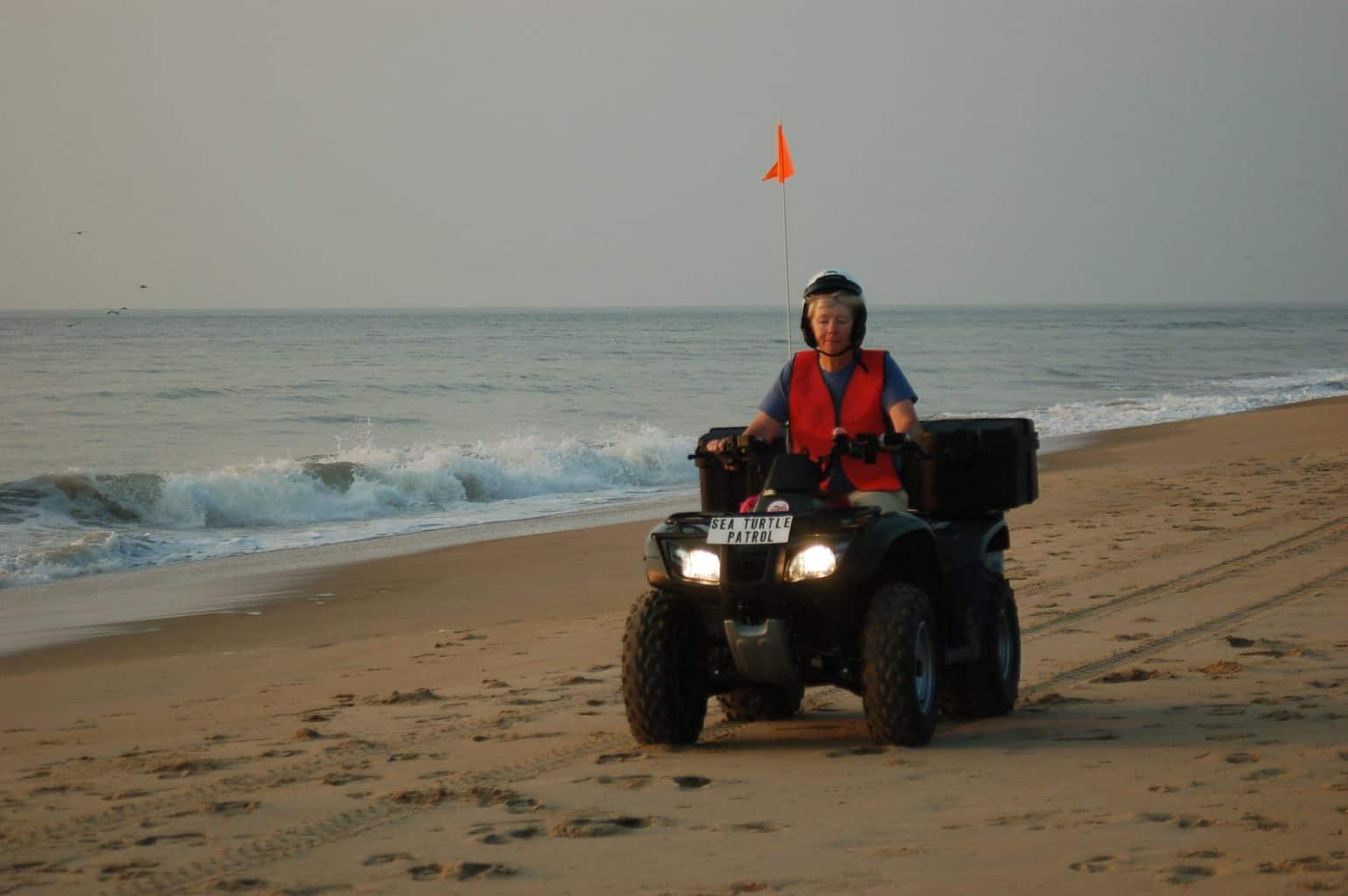Move over, Bravo TV reality shows. A family of peregrine falcons who lives high atop a Baltimore skyscraper is showing its webcam watchers a dramatic nesting season.
Most recently, a nestling falcon was rescued on the ground floor of the Transamerica building, 33 floors below the ledge where the falcons make their nest.
Amazingly, the young falcon wasn’t injured, according to the Chesapeake Conservancy, which runs the popular webcam in partnership with explore.org. But the eyas, as a nestling falcon is known, hadn’t learned to fly well enough to get back up to its nest, or “scrape.”
An associate property manager with Corporate Office Properties Trust stepped in to help. Chesapeake Conservancy and the U.S. Fish and Wildlife Service helped guide the property manager, Chris Pullen, to safely capture the eyas in a box. As luck would have it, a former Chesapeake Conservancy employee, Patrick Smith, was working nearby at Pride II and came over to help.
“The eyas was checked out and rehydrated by raptor biologist Craig Koppie with the USFWS Chesapeake Bay Field Office and returned to the scrape on Thursday,” says Chesapeake Conservancy spokesperson Jody Couser.
Associate property manager Chris Pullen safely captured the wayward eyas in a box. Photo: Patrick Smith
Couser says incidents like this week’s wayward falcon aren’t uncommon as they are learning to fly. In their natural habitat, falcons usually make their nest on the side of a cliff. Chances of survival for offspring are 40-50% in the first years.
The rescued eyas hatched from one of four eggs laid in late March to falcon couple Boh and Barb (named for Natty Boh beer and former Senator Barbara Mikulski). Two of the eggs hatched; the other two weren’t viable.
Boh and Barb have returned to the same spot for years to lay their eggs. But in late April, a month after Barb laid the four eggs, Boh disappeared from the nest. Though peregrine falcons usually mate for life, a new male falcon starting coming around, courting Barb and bringing prey to the nest.
The Chesapeake Conservancy still doesn’t know what happened to Boh, but fans who watch the webcam have nicknamed Barb’s new male companion “”Nubo.” (Get it?)
The peregrine falcon cam, which started in 2015, streams live 24 hours a day (click here to watch). The partnership also runs a great blue heron cam and an osprey cam. They are wildly popular, with a combined ten million views last year, from people in 100 countries.




